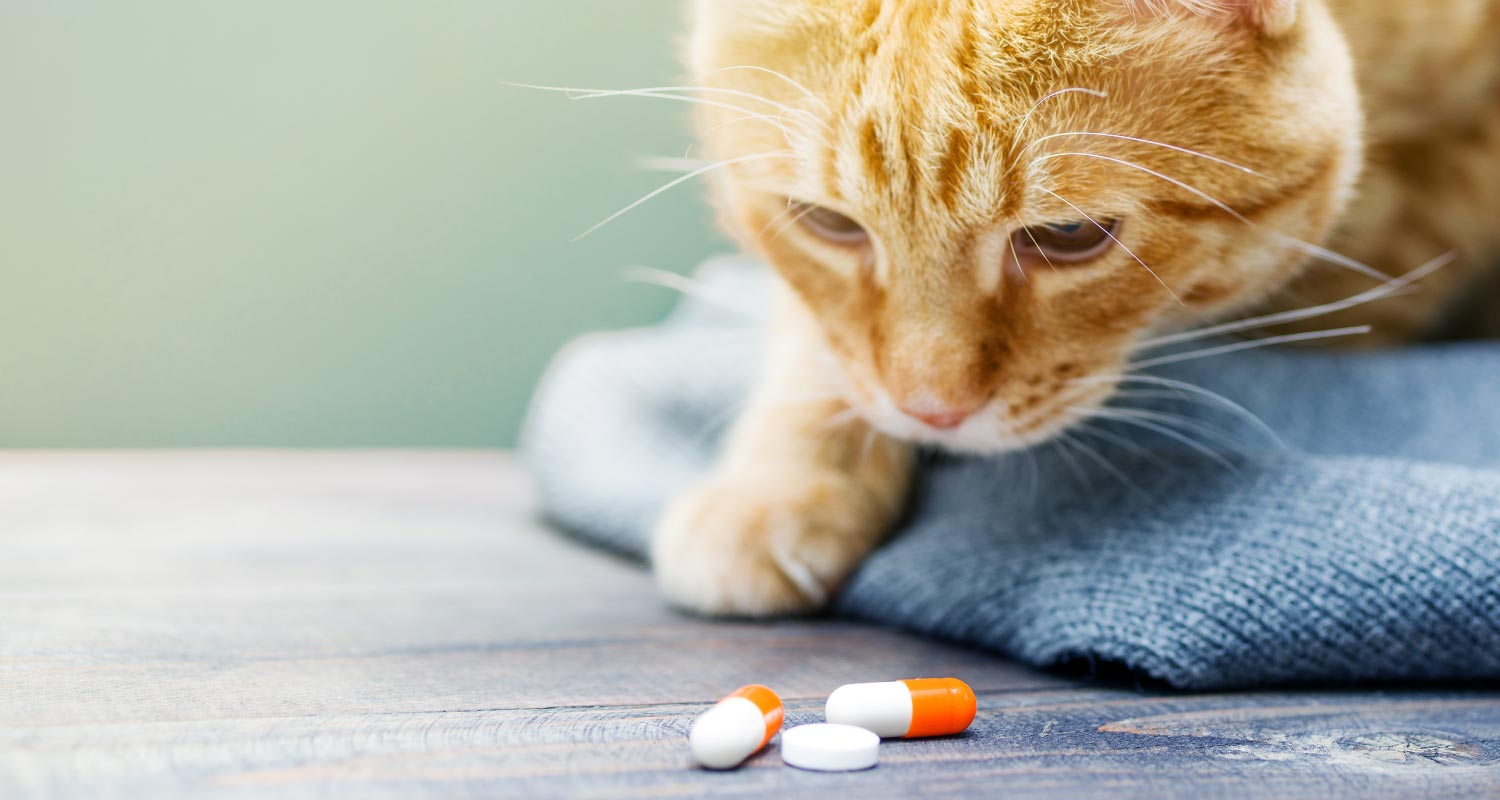HEALTH & WELLNESS

VOTING BOOTH

TRENDING

LIONS FOUNDATION OF CANADA DOG GUIDES
Lions Foundation of Canada Dog Guides and its founding program, Canine Vision Canada, was established in 1983. It’s the largest school of its kind in Canada with its training school in Oakville and breeding facility in Breslau.
What are NSAIDs for Pets and How Do They Work?

The term NSAIDs stands for nonsteroidal anti-inflammatory drugs.
They are often used to relieve pain and reduce inflammation – in people and animals. However, animals should not be given NSAIDs created for humans.
WHEN DO VETERINARIANS PRESCRIBE NSAIDs?
Nonsteroidal anti-inflammatory drugs can help dogs suffering from osteoarthritis, a very common condition in dogs. The condition is characterized by chronic joint inflammation which is caused by deterioration of joint cartilage. What happens, in a nutshell: Eventually the bones start rubbing against each other. The effects are damaging and painful and the damage cannot be reversed.
NSAIDs can also be prescribed for dogs and cats to help manage post-surgical pain.
Also: Cats are often given pain-relief medications before surgery.
HOW DO NSAIDs WORK?
BACKGROUND
Cell damage activates an enzyme (protein) by the name of cyclooxygenase (COX). COX stimulates cells to produce active substances called prostaglandins (PGs). So, when the body is irritated or injured, after cells are damaged, PGs are produced.
The Role of Prostaglandins (PGs) in the Body:
- Contribute to/promote pain and inflammation
- Protect stomach and intestinal lining from the damaging effects of acid
- Support function of platelets in the blood that are necessary for the clotting
- Help maintain blood flow to the kidneys
ENTER NSAIDs
They either work because they:
- Block Cyclooxygenase (COX)
This can reduce the amount of PGs produced and associated pain and inflammation. - Block Some Activity of Certain Prostaglandins (PGs)
PGs are still produced after COX is activated, but some activity gets blocked which can reduce pain and inflammation.
The outcome is the same: Continuing pain and inflammation are reduced.
Related Articles








